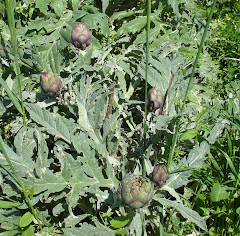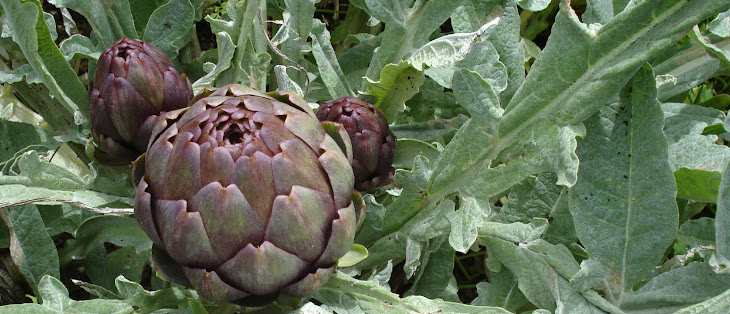We treated ourselves to a couple of days in the Camargue, staying at Aigues-Mortes, a fortified town which was a port until it silted up and the sea moved out to Le Grau du Roi, about 6 kilometres away. We were hoping to see flamingos, and we did but the weather was so grey and misty that I couldn’t get good photographs of them.
The canal at Aigues-Mortes
A gloomy sky at le Grau du Roi
 |  |
Bulls at a manade, where they are raised for the courses camargaises, the non-violent form of bull-fighting in which young men attempt to retrieve a rosette or ribbon from the head of a bull – more dangerous for the man than the bull!
An egret perched on the back of a horse.
Domaine d’Oulivie
On a detour on our way back from the Camargue, up a rough track near St Gely du Fesc (north-west of Montpellier) we found this olive mill, museum and shop surrounded by a huge grove of lovely mature olive trees.
 |  |
 |  |
 |  |
We tasted the range of olive oils produced here and bought bottles of two: the single-variety Lucque oil and a special oil made by milling the olives with thyme and rosemary (rather than infusing the herbs after the oil is made). Wonderful flavours with which to end the year!
A l’an que ven! (Occitan for see you next year!)

























































